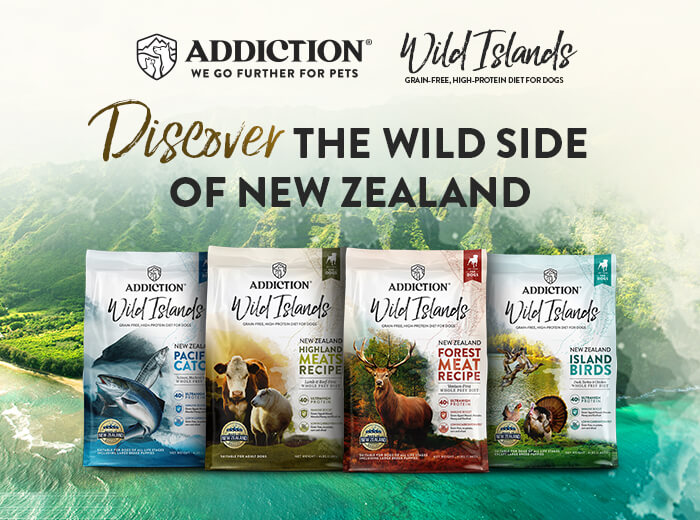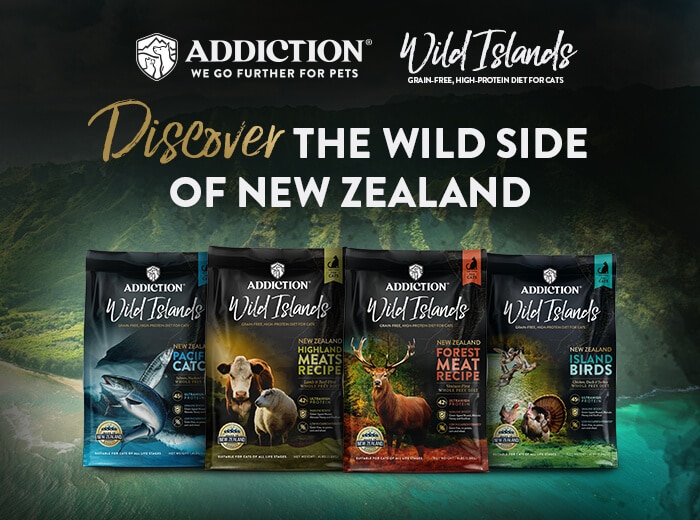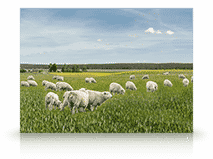“Canine rabies is the cause of 98% of human rabies deaths worldwide,” according to Centers for Disease Control and Prevention. While the US have virtually eliminated rabies, it still is a problem in many countries. Here’s a rundown of facts and figures about the disease as we observe World Rabies Day on September 28, 2019.
-
Rabies is fatal
For animals infected, it’s a death sentence. For people who got infected through saliva, bites, and scratches from animals who have it, watch out for symptoms like fever and pain and tingling sensation on the infected area or wound.
-
59,000 fatalities a year
According to WHO, more than 95% of human rabies happen in Africa and Asia. With 99% of which are caused by dog bites. Almost half of the victims are children below 15 years old.
-
Hawaii is rabies-free
It is the only state in the US that is free of the disease. Thanks to Hawaii’s current law that requires to quarantine dogs, cats, and other carnivores for 120 days or 5-day or less rabies quarantine.
-
Incubation period varies
Typical incubation period of the virus is three to eight weeks. But it can sometimes take nine days or as long as several years in some rare instances. Generally, incubation period depends on the distance of the wound is from the brain; the farther it is, the longer the incubation period.
-
Rabies has two forms
Furious rabies displays the following signs: hyperactivity, fear of water, highly excitable, and at times, fear of drafts or fresh air. Death happens after a few days.
Paralytic rabies takes longer than furious rabies. As its name suggests, muscles become slowly paralyzed, starting at area of the bite or scratch. Coma develops and death happens eventually.
-
Cats spread rabies more than dogs
While dogs are associated with spreading the disease, more rabid cats are reported than rabid dogs in the US, according to CDC. This is due to the fact that cats are always in close contact with both people and wild animals, including ones that spread rabies, eg. racoons, bats. That said, rabies is more common in cats than dogs. In fact, in 2010, 48 states including Puerto Rico reported to CDC 2 human rabies cases and 6,154 rabid animals. Of this number, 303 were cats while 69 were dogs.
-
The 10-day quarantine
Almost all states implement a 10-day mandatory quarantine period for animals that have bitten other domestic animals and even people. All it takes for the rabies-infected animal to display the clinical signs is 10 days, and once these signs have developed, it is expected that the infected animal will die within 10 days.
If the animal survives after 10 days, it can be said with certainty that it has not shed the rabies virus at the time that the biting occurred. If the animal dies before the 10th day, then and only then can it be tested for rabies. If the test shows that it has rabies, the bite victim still has enough time to receive treatment.
Rabies is a disease that is preventable by having your pets regularly get their anti-rabies shots. And after having their shots, give your canine pets a feast with grain-free dog food diet from Addiction Pet Foods. Its ingredients are all sourced in cleanest place on earth to manufacture pet food—New Zealand.
Buy Addiction Pet Foods in a store near you.
Like us on Facebook and follow us on Instagram for more pet health and nutrition updates.











